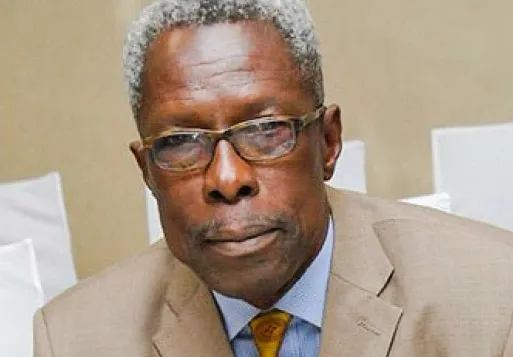
President John Dramani Mahama and his team are confident that they can achieve significant progress in running the government with the 23 ministerial portfolios they have established. By ensuring efficient inter-ministerial coordination, clear policy direction, and leveraging the expertise of technocrats, the President believes he can deliver on his vision for the country’s development.
Dr. Tony Aidoo, former Senior Presidential Aide and Head of Policy and Evaluation under the late President Prof. Evans Atta Mills, shared these insights during an interview on the Adekyee Mu Nsem morning show on Ahotor FM, hosted by Citizen Kofi Owusu in Accra.
Dr. Aidoo emphasized the importance of tapping into the expertise of technocrats and the professional advice of public servants across ministries. He believes that through inter-ministerial coordination and a focus on the national interest, the size of the government need not be a barrier to success.
He further argued that ministers, as political heads, should promote and champion the government’s vision rather than engage in internal conflicts. Such disputes undermine the effective use of the structures of public service, particularly the technocrats within the ministries, who are essential in executing the national development agenda.
Effective ministerial coordination, according to Dr. Aidoo, is key to success. Ministers must work efficiently and diligently, irrespective of the size of government. This stands in contrast to the concern that a large government consumes resources without delivering tangible results, often serving only the political interests of the President at the cost of national policy implementation and development.
Presidential Executive Instrument Restructures Ministries
In another development, President John Mahama has signed an Executive Instrument to restructure and establish new ministries within the Civil Service. The Civil Service (Ministries) Instrument, 2025, was signed on January 9, 2025, under the authority granted by Section 11(3) of the Civil Service Act, 1993 (P.N.D.C.L. 327).
The instrument outlines the creation of 23 ministries, down from the previous 30, reflecting a focus on sustainability, innovation, and youth empowerment. One notable change is the rebranding of the Ministry of Energy to the Ministry of Energy and Green Transition, signaling a stronger commitment to renewable energy and environmental conservation.
The following Ministries are now established:
Ministry of Finance
Ministry of Health
Ministry of the Interior
Ministry of Defence
Ministry of Education
Ministry of Energy and Green Transition
Ministry of Roads and Highways
Ministry of Transport
Ministry of Sports and Recreation
Office of the Attorney-General and Ministry of Justice
Ministry of Lands and Natural Resources
Ministry of Local Government, Chieftaincy, and Religious Affairs
Ministry of Foreign Affairs
Ministry of Communication, Digital Technology, and Innovations
Ministry of Environment, Science, and Technology
Ministry of Youth Development and Empowerment
Ministry of Works, Housing, and Water Resources
Ministry of Gender, Children, and Social Protection
Ministry of Tourism, Culture, and Creative Arts
Ministry of Labour, Jobs, and Employment
Ministry of Food and Agriculture
Ministry of Fisheries and Aquaculture
Ministry of Trade, Agribusiness, and Industry
Public Opinion and the Symbolism Behind Ministerial Reductions
In a related development, Bright Simmons commented on the reduction of ministries, suggesting that it is more about responding to public sentiment than about making substantive government reforms. According to Simmons, the public’s dislike of a bloated government stems largely from optics—people dislike seeing large numbers of ministers, which “feels” wasteful and excessive.
He argued that the reduction of ministries serves as a symbolic gesture by the government to portray itself as responsive and in tune with public concerns.
Simmons also pointed out that decisions to merge or separate ministries are often arbitrary and inconsistent. He cited examples from past administrations, such as the Kufuor and Mills governments, where the decision to cluster ministries like Youth and Sports with Education or keep them separate was not always clearly justified.
While reducing ministries may please the public, Simmons cautioned that it does not address the real drivers of government expenditure. He argued that ministries are just the “tip of the iceberg,” with agencies like the Police, Ghana Education Service, and Ghana Revenue Authority consuming far more resources. State-owned enterprises like GNPC and ECG also have a significant impact on spending efficiency.
Simmons questioned whether the reduction in ministries would actually lead to savings, noting that past efforts to trim ministries had not resulted in lower overall government costs. Smaller ministries, such as Chieftaincy and Religious Affairs or Parliamentary Affairs, receive modest budgets and may not be missed. However, large ministries like Education and Health consume much larger portions of the national budget.
To truly reduce government spending, Simmons proposed that reforms in sectors like health and education would have a much more significant impact than simply reducing the number of ministries.
Stroy by: Aleander Kukah




